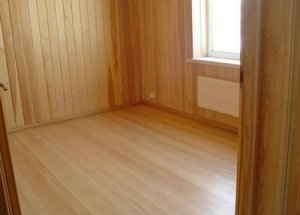Kind and naive Pope Carlo, probably, would weep with emotion, seeing how from an ordinary log of large sizes, miraculously gets a lining. But telling tales is not in our rules. Therefore, it will be a wooden lining. This is a well-known universal finishing material.
Content
To the wood for the manufacture of lining, high demands are made and all technological subtleties are taken into account in production.
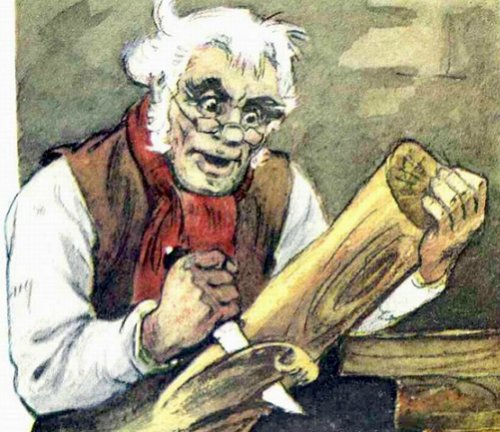
Therefore, the wooden paneling is divided into four conditional classes: the highest "Extra", A, B, C.
This classification of lining meets the requirements for the products of woodworking enterprises.
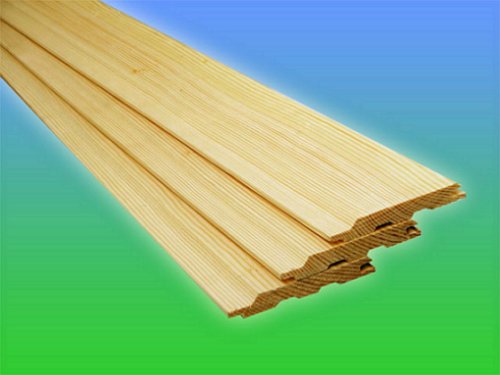
Wood for making lining: without a hitch
Boarding boards are divided into boards that are made of coniferous wood and hardwood. A board made from coniferous wood is used for residential or domestic premises. The only exception is the sauna and bath rooms, where softwood lining is not used. The most popular are deciduous tree species.
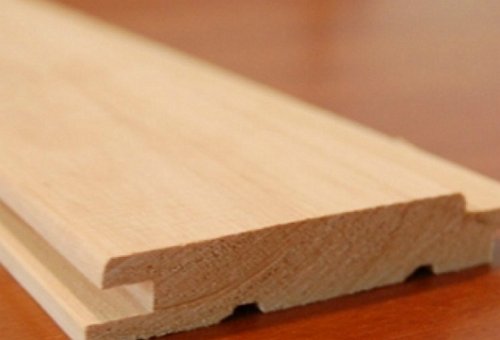
The most expensive class is «Extra» (or Premium). What are the characteristics of an expensive "Extra" class lining? These are the qualities:
• no knots
• smooth and light color scheme
• Insignificant amount of wood defects
• Excellent strength and increased density
• a small percentage of shrinkage
• high resistance to rotting and fungal or insect attack processes
• non-fading of the material to cracking
• A democratic price.
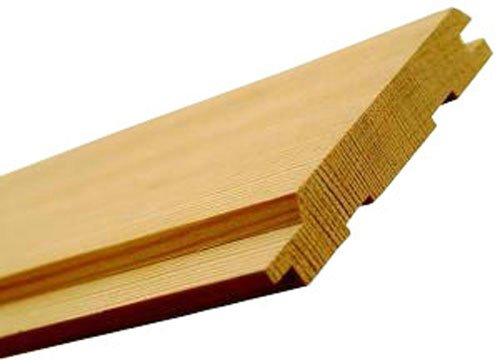
Class A (grade 1) - live light knots are allowed.
Possible the presence of healthy light fused round, oval and oblong knots. It is not allowed to have tears, snags, cuts, dents, chipped and scuffed, scraped.
Class B (grade 2) - possible the presence of knots of dark and lifeless.
The presence of a core is possible with an exit to the face layer. The presence of open resin pockets is not allowed. There can not be healthy woodworms in the wood that have cracks or small shells.
Class C (grade 3) - the presence of falling and fallen knots in the wood is allowed. It is possible to have layered through cracks without reaching the edge or into the butt.
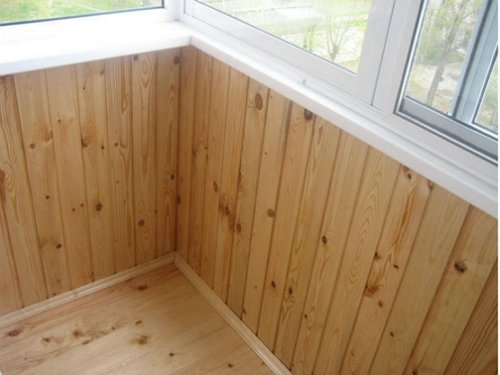
For all classes of lining, including the class "Extra", the moisture content of wood is allowed to be 9-12 percent.
For reference: according to the quality standard, the availability of knots per 1 square meter in class C is maximum. In the class of "Extra" - their complete absence.
How to distinguish the lining by type of structure, as well as the classification of wood will help you video.
Dimensions and profile types
The sizes of lining from manufacturers necessarily correspond to standards. The basic sawing dimensions of a conventional cladding board are:
• Standard length up to 6000 mm.
• Width - 150 mm.
• thickness from 12 to 25 mm.
The lining board is distinguished by the following sizes:
• the length can be from 500 to 6000 mm.
• width - 80, 100, 120 mm.
• Thickness - 13, 19 mm.
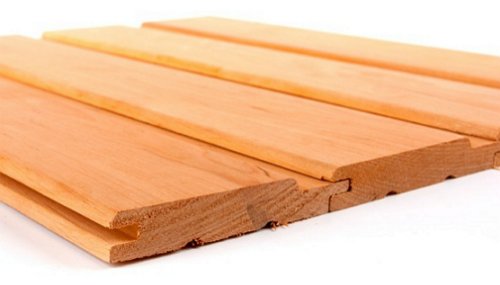
Lining, the dimensions of which have a thickness of 12 to 16 mm, is intended for interior decoration. More powerful panels up to 25 mm. the buildings and the premises are clad outside.
What is the difference between the usual lining from the "lining"? "Evrovagonka" can be distinguished from ordinary lining by a number of features:
• quality of wood processing
• presence of ventilation channels on the backside
• board connection system
• Variety of profiles.
Distinguish the following profiles of the "lining": "softline", "standard", "block house", "landhau", "American". Each profile is designed for a certain type of cladding work.

Types of lining
There are two main types of lining:
• wooden
• Plastic.
Plastic lining (PVC) is a kind of traditional plastic panels. In most cases, plastic lining is used as a finishing material when decorating kitchens, corridors, bathrooms or toilets. The advantages of plastic lining are not only in the variety of colors and textures. Question: "How to fasten the lining" is quite simple and does not cause misunderstanding during installation.
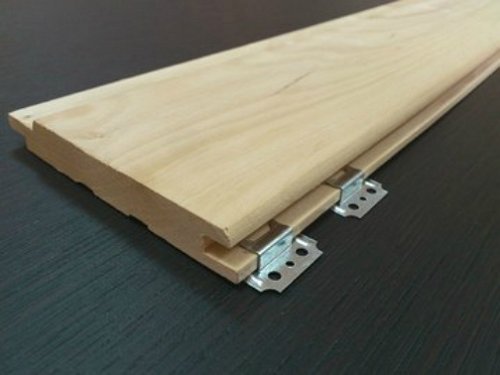
How to fix the lining
Wooden lining, as well as plastic, do not attach directly to the wall. For fastening wooden lining arrange a crate, made up of wooden racks or bars. With the help of rails and bars, it will be possible to level the walls and make additional insulation. For this, the heater is placed in the "niches" between the elements of the crate. The elements of the crate are installed at a distance of 40 cm. Each individual rack is adjusted and checked for verticality and horizontality with the help of a level. The bars and slats of the battens are fastened to the walls using dowels.
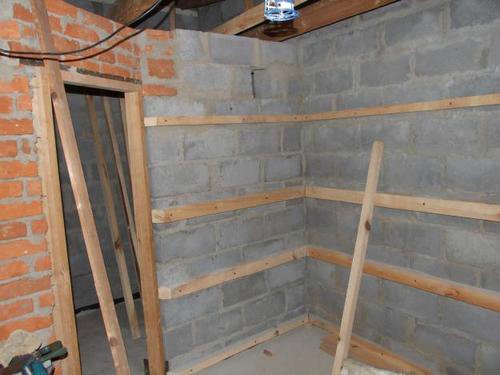
Distinguish the basic techniques when laying lining and technology: vertical and horizontal styling. With a horizontal type of laying the crate is produced vertically, with vertical laying - the rails are fixed horizontally. Wooden boards should evenly join the "spike-groove" and fit snugly. It is necessary to leave a small technological gap, which will prevent swelling of the boards. Sheets of lining are nailed or with special staples (kleimers).
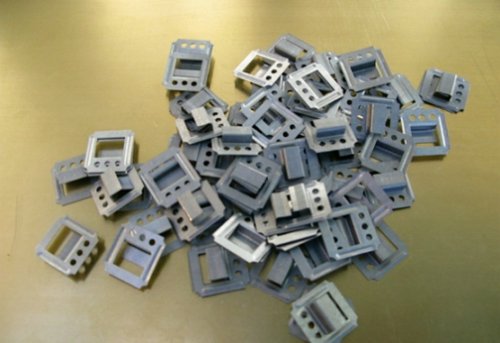
The Kleimer is considered to be the most convenient fastener for the lining, because it allows for concealed installation. The Kleimer is a spring-loaded steel element with galvanic galvanizing and mounting holes. The clamper is inserted into the part of the panel where the groove is located. Installation to the crate is done using small screws or nails.
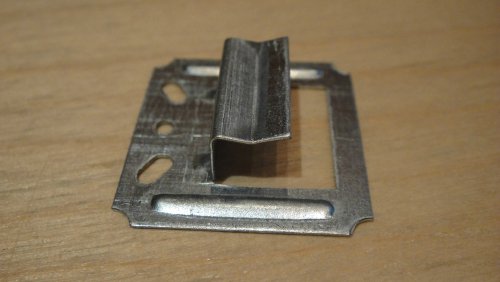
The kleymer has dimensions that characterize the clearance between the pad of the kleymer and the tongue. For wooden lining we use a kleymer with a gap of up to 6 mm., For plastic panels about 2 mm.
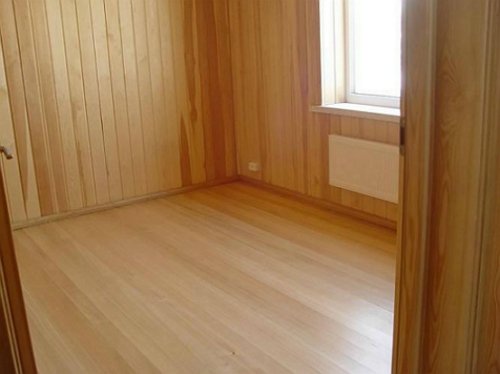
Features of the installation of the wooden lining are thoroughly represented in the recommended video.
If you prefer plastic lining, the installation of PVC lining can be studied in this video.


